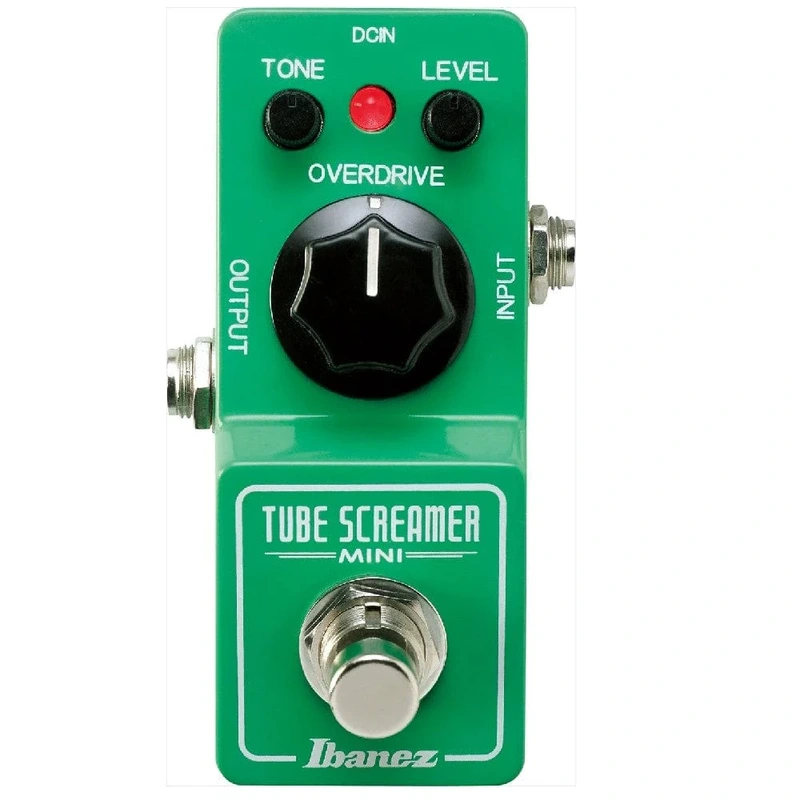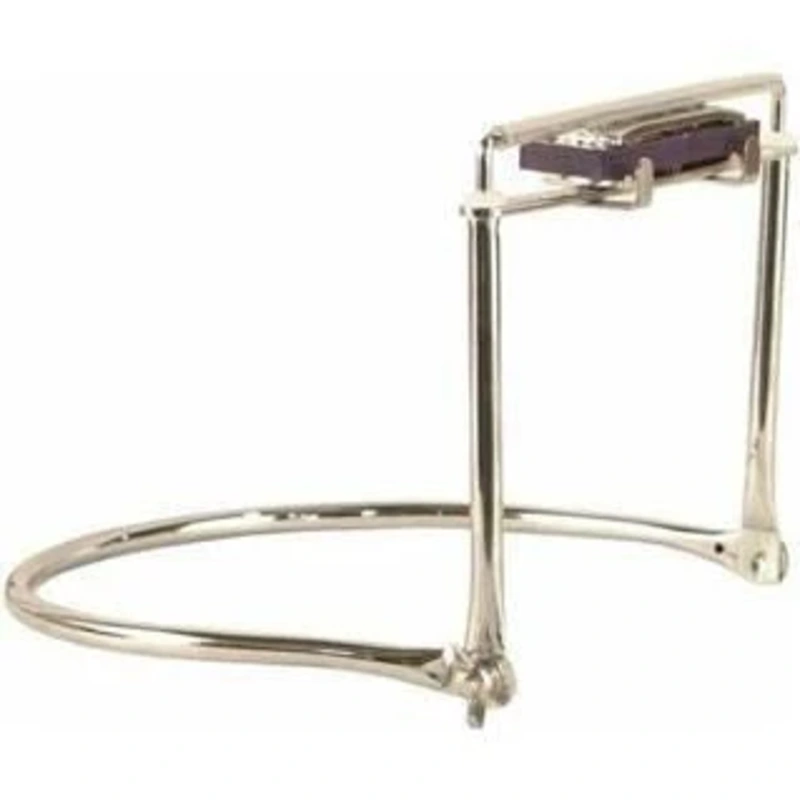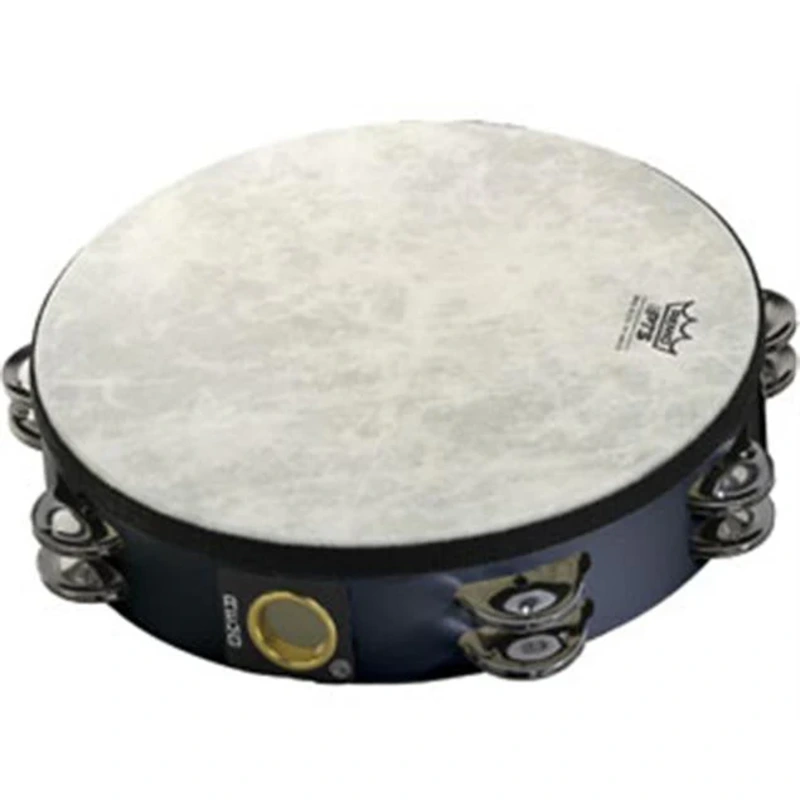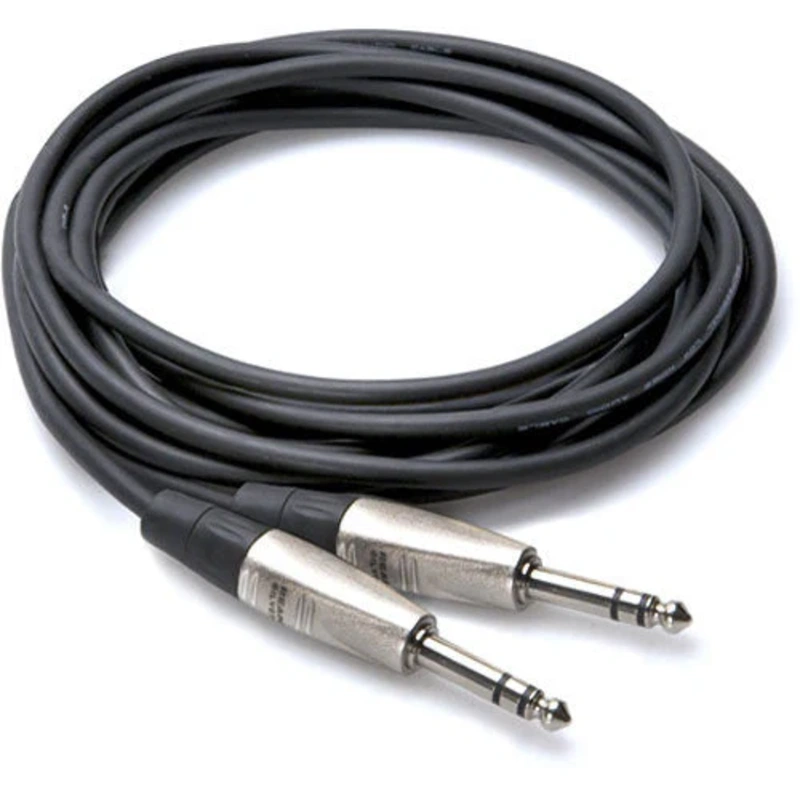Description
Compact clear a careful selection of modules and semi-modular architecture makes ACE easy to learn. Simple but not simplistic. Compact but not limited. Clear but definitely not underpowered. With the ability to connect any output into any input ACE is a powerful synth with tools and features ready for beginners or seasoned users. The boxes and cables philosophy of modular synthesizers gives you the freedom to create your own custom instruments. Once you start connecting the sixteen modules in ACEexploring new combinations cross-pollinating ideasthe vast potential of modular soon becomes clear.
Sounds
The two VCOs act as the main sound generators but as ACE does not differentiate between audio and control (modulation) signals the full-range LFOs can also be used to generate audio frequencies. ACEs oscillators are modelled on analogue circuits including instabilities and various non-linear characteristics. You can push these characteristics further using the Circuit Bending options. If the bottom end needs beefing up try adding the sub-oscillator. For more intense complex sounds try VCO2s ring modulation sync and cross modulation.
Mapping Generator
Not typically found in analogue synthesizers ACEs Mapping Generator is a useful addition with a variety of uses. The Mapping Generator is a list of up to 128 values. You can use the drawing tools to edit the values and create your own patterns or choose pre-built shapes. This map can be stepped through for each played note it can create per-note offsets it can transform any modulation source or be used as the LFO2 waveform.
Filter
Like the oscillators the two filters are modeled on analog hardware and deliver satisfyingly analog results. You can overdrive the filters without introducing any harsh distortion and the resonance remains intact. Or you can take advantage of the self-oscillation feature for chaotic timbres and more experimental sound design.For an extra aggressive sound route your signal through both filters and crank the resonance on the second filter. Both filters are cascade type multimode circuits with two parallel outputs each.
Cables anywhere and everywhere
ACE takes after hardware modular synthesizers although it is not a truly modular design more correctly it is semi-modular. ACE has a default fixed architecture (like for instance the ARP 2600) which means you can start making noise immediately out-of-the-box. Any default routing can be overridden by patching cables which means that the options are practically limitless. ACE does not differentiate between audio signals and control signals. Any of the outputs can be plugged into any of the signal inputs. Hook things up explore new ideas and crazy combinations. Try LFOs as audio oscillators or a VCO as LFO. Plug an LFO into a filter then use the filter as an FM source for an oscillator.
Signal sources
An array of output sockets provide signals from a variety of different sources: noise MIDI controls (mod wheel velocity etc.) mapping generator and moreUse these to add organic life-like dynamics modulation and refinements to your sounds.
Effects
Add final touches using the global effects. Pick from a classic stereo chorus with four modes (including phaser) to add richness a stereo delay with seven immediately selectable modes to add movement and finally a pair of controls to boost treble and bass.
Ramp generator
If the two ADSRs and two LFOs are not enough try the host-syncable Ramp Generator (essentially a trapezoid which combines elements of both).
Multiples
Common to most modular setups multiples are mix/split devices. Signals are merged and sent onward or split and sent to different inputs. In ACE the multiples do act as a simple mixer or can be enlisted for much more interesting possibilities. That is why we renamed them Multiplex. Using the modulation input and some clever cable arrangements the Multiplex modules can do ring modulation (RM) amplitude modulation (AM) or both at the same time. Or crossfading or inversion
Envelopes
Without envelopes your patches would just turn on and off with each note organ style. Envelopes add dynamics over the length of the note. ACE has classic ADSR envelopes but with a few extras directly available for more interesting results: Snap fall/rise level modulation rate modulation velocity. The envelopes can be further modified in the Envelope Tweaks section. Switch on the singing envelopes for classic analog retriggering behavior or adjust the fall/rise limits.
Features:
- Semi-modular architecture (with default routing)
- Oscillators include pulse width modulation (PWM) sync internal ring and cross modulation (FM)
- Polyphonic (up to 16 voices) duophonic or monophonic (retriggered or legato)
- Powerful glide options: constant rate or constant time percentage range control per-oscillator offset
- Up to 8 voice unison (stack) with +/?2 octave individual detuning
- 2 multimode analogue-style filters
- 2 ADSR envelopes with fall/rise snap singing option for authentic analogue-style voice triggering
- 2 LFOs with 0Hz to 20kHz frequency range (can be used as VCOs)
- 2 multiplex modules for signal mixing / crossfading ring modulation amplitude modulation etc.
- 1 syncable and loopable ramp generator
- Mixer with modulation inputs
- MIDI modulation and performance: wheels velocity pressure key follow gate 2 user-definable MIDI CC
- Circuit bending options: slop crosstalk oscillator cap failure
- 3 effects: chorus/phaser (4 types) delay (7 fixed options) bass and treble controls
- Multichannel MIDI support
- Resizable UI from 70% to 200%
- Over 920 factory presets
- NEW in v1.4.2: Support for Oddsound MTS-ESP
Requirements:
| Platform | CPU | RAM | Disk | Notes | Additional Requirement | Audio Card | Ports | Internet Required | 32 Bit Support | 64 Bit Support | Plugins |
| mac | Intel Nehalem or newer Apple M1 | 1 | 0 | 1 | 1 | 1 | VST-2VST-3AU | ||||
| windows | Intel Nehalem or newer AMD Bulldozer or newer | 1 | 0 | 1 | 1 | 1 | VST-2VST-3AAX | ||||
| linux | Modern CPU (Sandy Bridge or newer recommended) | 1 | 0 | 0 | 0 | 0 |












Reviews
There are no reviews yet.